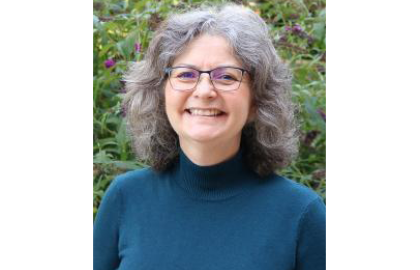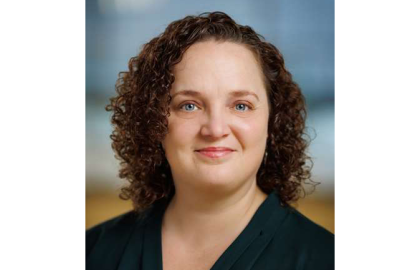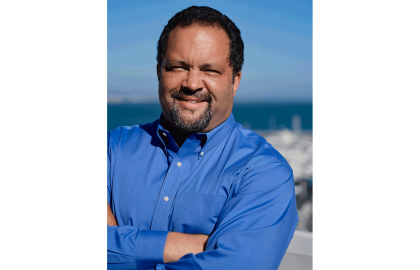The Environmental Lecture Series was established at Ashland University after the implementation of the Environmental Science Program in 1991-92. The lecture series was designed to support the program by allowing students, faculty and members of North Central Ohio communities to interact with leaders in environmental science and policy. Over the years, the lecture series has generated significant campus and community involvement and support. Recent lectures have been archived on this webpage for your viewing.
Current support for the lecture series is provided by donations from individuals and support from Ashland University. Previous lecture series have been supported by AU and grants from the National Science Foundation, the Lubrizol Foundation, the GTE Foundation, and the Fran and Warren Rupp Foundation.
All lectures will be at 7:30 p.m. Lectures are typically hosted in Ronk Lecture Hall at the College of Education. Specific events may use other locations or be webinar-only.
Please check each listing for details.
Ashland University invites participants to attend both in-person or via live webinar whenever possible. All Environmental Lecture Series events, whether in-person or via live webinar, are free and open to the public.
2024-2025 Environmental Lecture Series: Environment & People
The theme of this year’s Environmental Lecture Series is Environment & People.
What do we know about how individuals experience and respond to nature and natural areas? Included on the list of reasons why humans value nature, researchers have measured benefits to physical health, mental health and overall well-being. Some investigate the impacts of differences in individual access to nature and natural areas. Others focus on environmental advocacy and expanding access to the places and experiences that we value.

Nature Experiences Across the Life Span: Exploring Pathways of Possibility
Presentation by Dr. Kristi Lekies
Associate Professor of Environment and Natural Resources, The Ohio State University
An increasing amount of research has documented benefits of nature for human health and well-being, particularly in childhood. How can these benefits be experienced across the life span and in ways that also contribute to the health and well-being of ecosystems? Learn about lifelong impacts of nature, ways of discovery, and actions we can take to make a difference.
Lecture Date: Thursday, February 20, 2025

Nature, Public Health and Environmental Justice: Lessons From a Decade of Partnership and Discovery
Presentation by Dr. Kirsten Beyer
Professor of Epidemiology; Director of the Graduate Program of Public and Community Health at Medical College of Wisconsin
Lecture Date: Thursday, March 13

Winning for the Planet
Presentation by Ben Jealous
Executive director of the Sierra Club
Jealous will present “Winning for the Planet,” a summary of his own journey into environmental activism and why he is convinced humanity will rise to overcome the urgent challenge of climate change. He will outline the major victories society has already achieved, the path forward and what each of us can do so that the next generation will not have to fear for the future of planet Earth itself.
Lecture Date: Wednesday, March 26